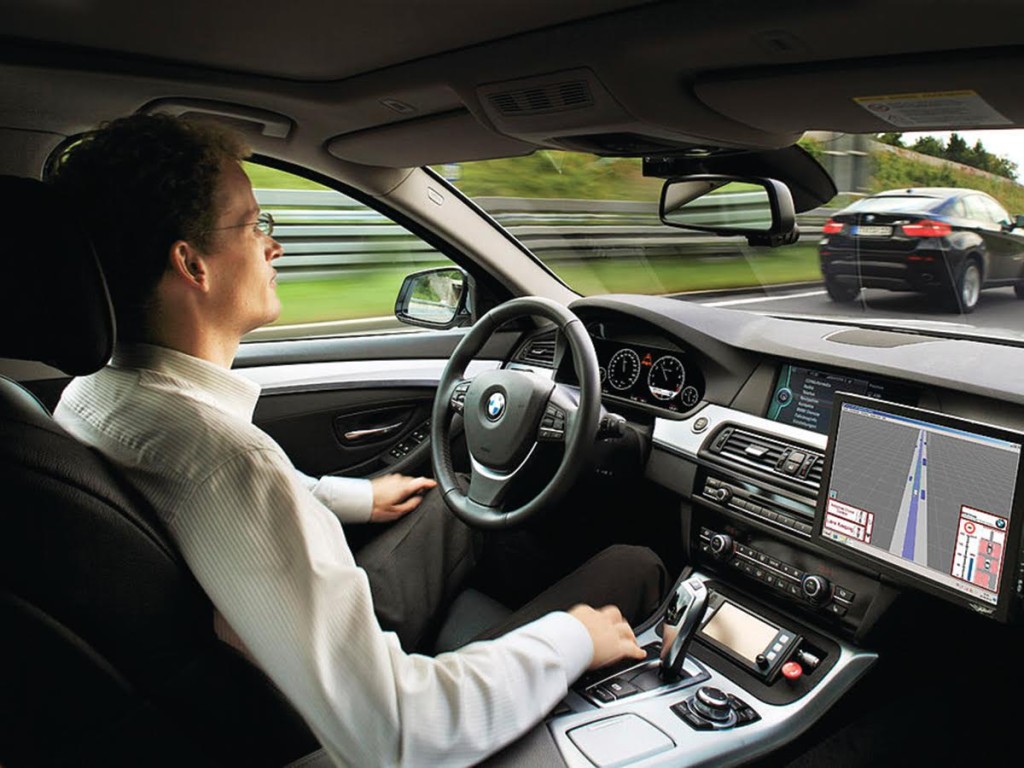
We’ve entered a new phase in transportation technology. With companies such as Tesla and Google at the front, the way we get around is being revolutionized by the ongoing development of self-driving cars. The cars may not be perfect, and they may be expensive, but they offer huge promise; taking the process of driving out of the hands of temperamental and error-prone humans and giving control to computers will, over time, reduce the incidence of collisions and deaths in cars.
Detractors of self-driving cars point to incidents where the technology has failed, such as back in May, when the driver of one of Tesla’s self-driving cars was killed in a collision with a semi in Florida. They point to stats that say that self-driving cars are involved in accidents at five times the rate of normal cars. However, when you dissect this data, the blame deserves to be placed not on the self-driving cars themselves, but almost entirely on other drivers.
Most crashes involving self-driving cars occur because other drivers are moving much faster than and thus colliding with the slowly-and-steadily driving auto-piloted cars, or otherwise make violations of traffic law to the detriment of the self-driving car. Take the Florida example from before. The truck that the Tesla hit was making a left turn while the Tesla was driving straight ahead; in insurance terms, a crash involving a car turning left usually places the turning car at fault. Therefore, it would be foolish to blame the self-driving car when another driver poorly executes a maneuver — and gets to walk away from the crash.
Detractors also like to rag on the fact that self-driving cars are prohibitively expensive. Whereas the average new vehicle costs $30,000, the entire set of necessary technology and upgrades constituting a self-driving car adds up to $320,000. Yes, this is a tremendous cost. There are fancy sports cars that cost less, and most people will never own a Ferrari or any other set of wheels that costs that much.
Technology, however, is never cheap when it is first developed, and always improves with time. Consider that the original computers, such as ENIAC, costed the equivalent of millions of dollars each, and filled entire rooms. At that kind of price, not even private citizens could think of affording a computer; anything less than a major corporation or the federal government could dream of using them. Advance to now; the computer I’m writing this with is about 10,000 times less expensive and several million times more powerful.
In addition, parts of the equipment behind self-driving cars are already inexpensive enough to be deployed in affordable cars. For example, Honda already has vehicles that are capable of braking and staying in one lane without driver input — some key, if rather basic facets of self-driving technology — and these cost just $20,000. Thus, it is already possible for an average driver to have access to a vehicle that, in a way, drives itself. Furthermore, this is technology that was unheard of just a few years ago. Already, progress is being made in improving the production and capacities of self-driving vehicle technology so that anyone could potentially buy it.
With cars driving themselves, there are a variety of ways lives will be saved, and all of them revolve around denying human drivers the chance to make bad decisions. Over 10,000 people die every year in crashes that involve a driver who was impaired because of alcohol. Nearly as many die yearly in crashes that involve a speeding driver. Add to that crashes that result from texting drivers, drivers who fall asleep at the wheel, drivers who run red lights and other similar human mishaps, two facts become clear: That there is so much destruction caused by vehicles colliding (in one year, over five and a half million crashes, with upward of 30,000 deaths, 2,000,000 injuries, and hundreds of billions of dollars in damages), and that, without exception, it is the result of impatience, poor judgment and stupidity, plain and simple. The solution is obvious: When self-driving cars rule the road, there will be no way for morons and bad drivers to kill innocent people with their cars.
Self-driving cars are a long way from being the ideal mode of transportation, but letting the flaws and failures that exist at present stifle the effort at developing them means ruining a system that could save lives and money in the long run.








